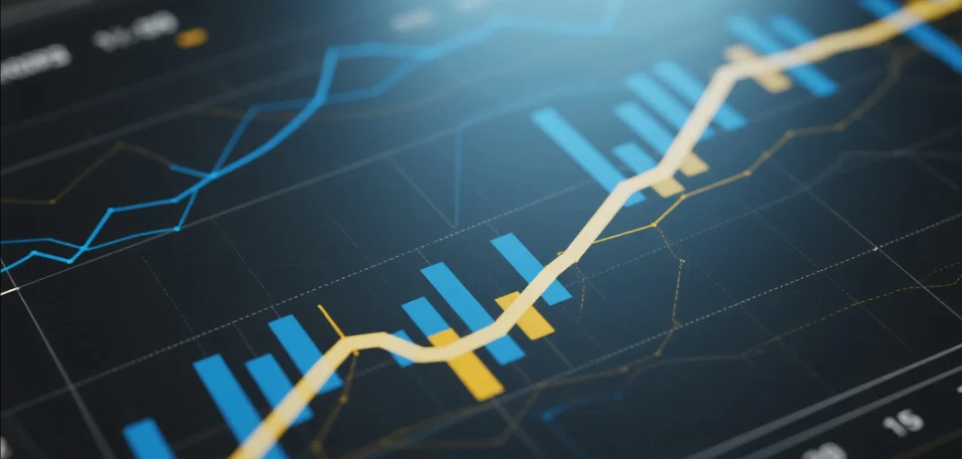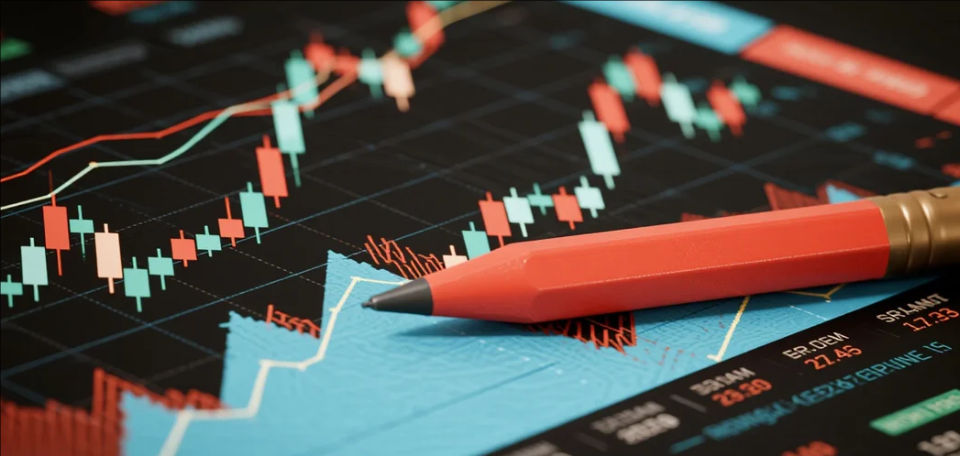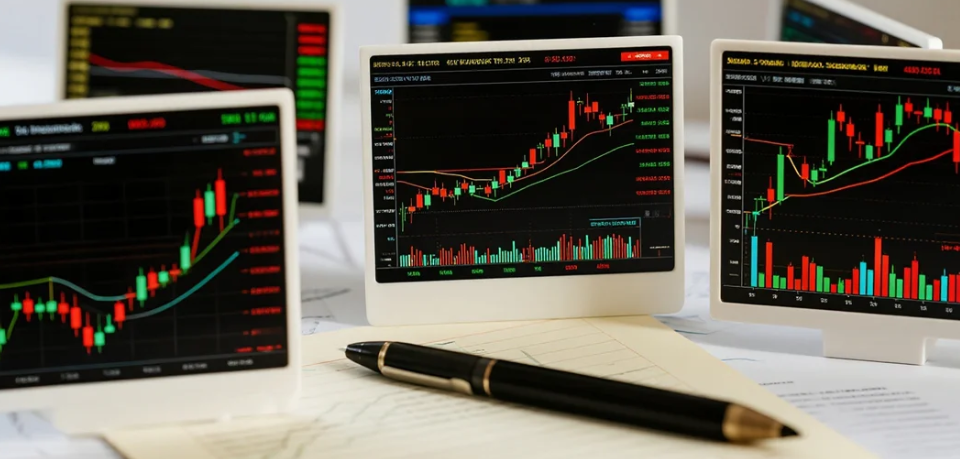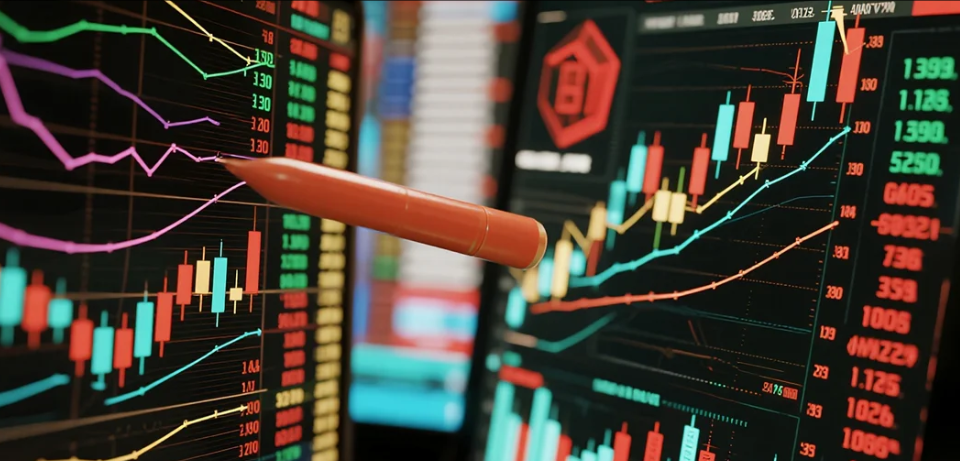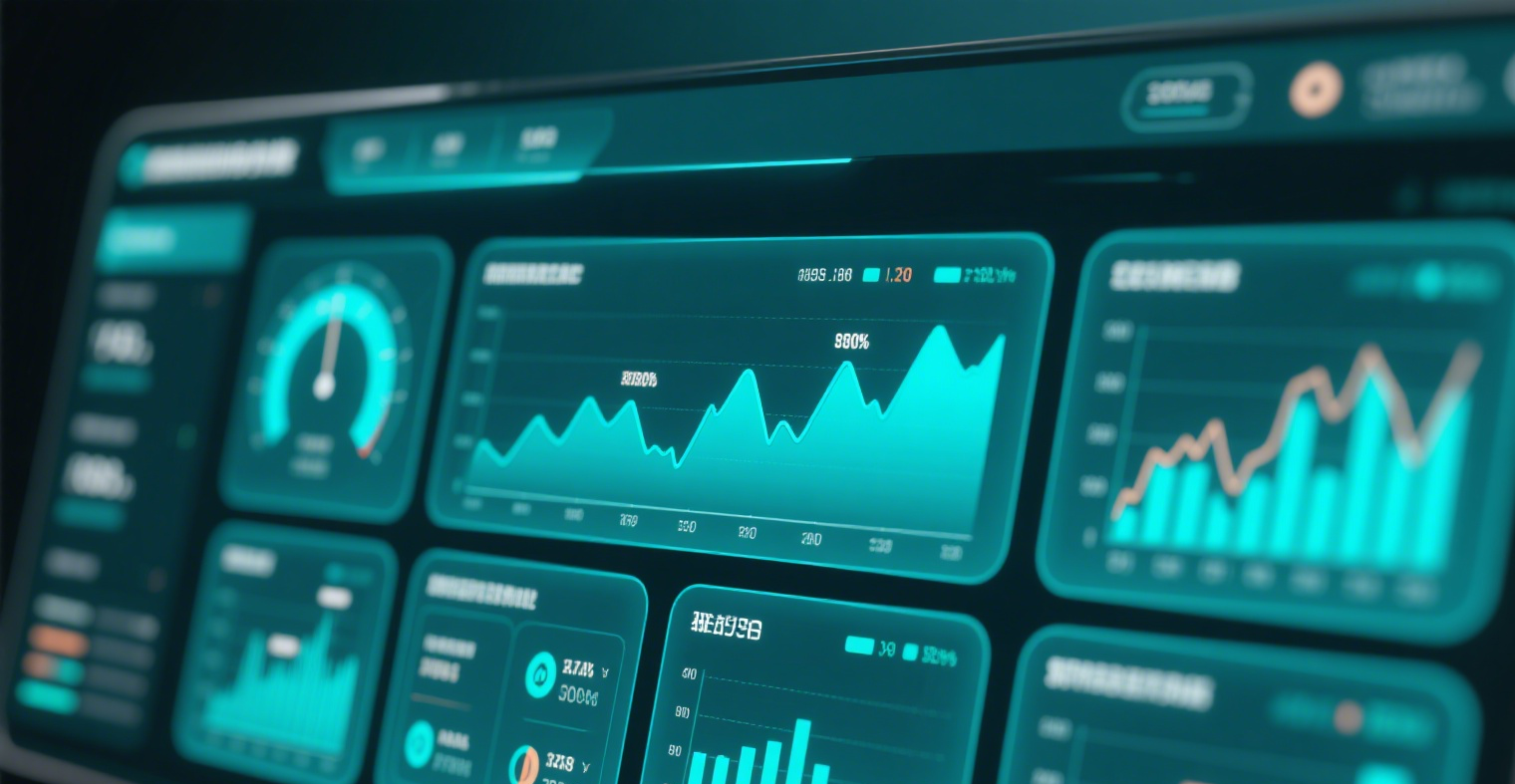
What is the FOMC
The Federal Open Market Committee (FOMC).
The Federal Open Market Committee is another important entity within the Federal Reserve System. It consists of twelve members, including all seven members of the Federal Reserve Board, the president of the Federal Reserve Bank of New York, and four other members who rotate among the remaining eleven Federal Reserve Bank presidents. The committee has one chair (usually the Chair of the Federal Reserve Board) and one vice chair (typically the president of the Federal Reserve Bank of New York). Additionally, all other Federal Reserve Bank presidents may attend the FOMC's discussion meetings but do not have voting rights.
The primary responsibility of the FOMC is to influence the money supply in the market to some extent through open market operations (one of the key monetary policy tools). It is also responsible for determining the growth range of the money supply (i.e., the amount of new money introduced into the market) and guiding the Federal Reserve Banks' activities in the foreign exchange market.
Its main task is to determine U.S. monetary policy, balancing economic growth and price stability through monetary policy adjustments. The monetary policies decided by the FOMC are primarily executed by the Federal Reserve Bank of New York, and the so-called "open market operations" usually refer to adjustments to the federal funds rate.
The committee's major decisions are made through voting during meetings. It holds eight regular meetings annually in Washington, D.C., at varying times, though the schedule is announced in advance. Detailed meeting minutes are released a few days after the next meeting, so the policy statement issued immediately after each meeting is typically the market's focus. The policy statement includes adjustments to the FOMC's monetary policy and commentary on future economic developments.
Between meetings, matters are generally discussed via conference calls, though special meetings may be convened if necessary.
Meeting Agenda:
The FOMC holds eight regular meetings each year. During the February and July meetings, the focus is on analyzing the growth of monetary and credit aggregates and forecasting ranges for indicators such as real GDP, inflation, and employment rates. In the other six meetings, long-term monetary and credit objectives are reviewed. The specific agenda for each meeting is as follows:
-
Approval of the minutes from the previous meeting;
-
Evaluation of foreign currency operations, including a report on operations since the last meeting and approval of transactions after the last meeting;
-
Evaluation of domestic open market operations, including a report on operations since the last meeting and approval of transactions after the last meeting;
-
Economic outlook assessment, including staff reports on economic conditions and committee discussion;
-
Evaluation of long-term monetary policy objectives (February and July meetings), including staff commentary and committee discussion on long-term goals and action plans;
-
Current monetary policy and domestic policy directives, including staff analysis, committee discussion, and directive formulation;
-
Setting the date for the next meeting.
The FOMC pays particular attention to two key issues facing the economy: economic growth and inflation. If interest rates are too high, economic growth may slow, leading to a recession. On the other hand, if rates are too low, growth may exceed the economy's potential, causing inflation. Therefore, the FOMC's monetary policy aims to strike a balance between growth and inflation, setting target interest rate ranges based on this principle.







